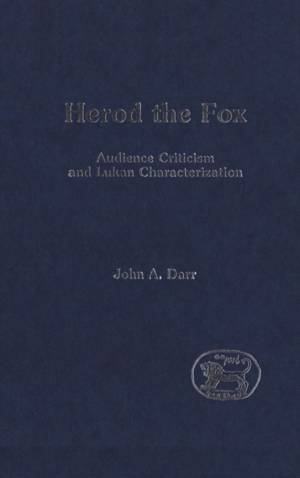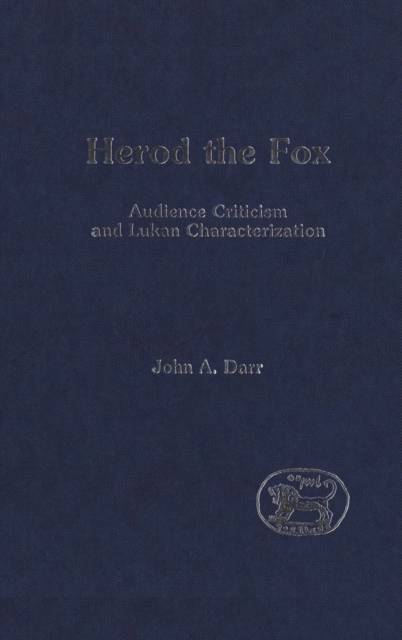
- Afhalen na 1 uur in een winkel met voorraad
- Gratis thuislevering in België vanaf € 30
- Ruim aanbod met 7 miljoen producten
- Afhalen na 1 uur in een winkel met voorraad
- Gratis thuislevering in België vanaf € 30
- Ruim aanbod met 7 miljoen producten
Zoeken
Omschrijving
In foregrounding the themes of witnessing, 'seeing and hearing', and recognition, Luke urges readers to reflect on their own hearing (= reading) of his story, to become certain kinds of readers and to read in particular ways. So the need for a reader-oriented methodology in interpreting Luke-Acts is evident. But what is the best theory to deploy? Charting a path through the thickets of modern literary theory, Darr develops a new reader-oriented model, insisting that the original 'extratext' (the repertoire of literary and social conventions) of Luke-Acts-and not simply the text itself-should be taken into account in any critical evaluation of how this story works. To demonstrate this new hermeneutical model, Darr undertakes an extensive study of Lukan characterization, and especially his portrayal of Herod the Tetrarch.
Specificaties
Betrokkenen
- Auteur(s):
- Uitgeverij:
Inhoud
- Aantal bladzijden:
- 248
- Taal:
- Engels
- Reeks:
- Reeksnummer:
- nr. 163
Eigenschappen
- Productcode (EAN):
- 9781850758839
- Verschijningsdatum:
- 1/01/1997
- Uitvoering:
- Hardcover
- Formaat:
- Genaaid
- Afmetingen:
- 156 mm x 234 mm
- Gewicht:
- 526 g

Alleen bij Standaard Boekhandel
+ 593 punten op je klantenkaart van Standaard Boekhandel
Beoordelingen
We publiceren alleen reviews die voldoen aan de voorwaarden voor reviews. Bekijk onze voorwaarden voor reviews.








